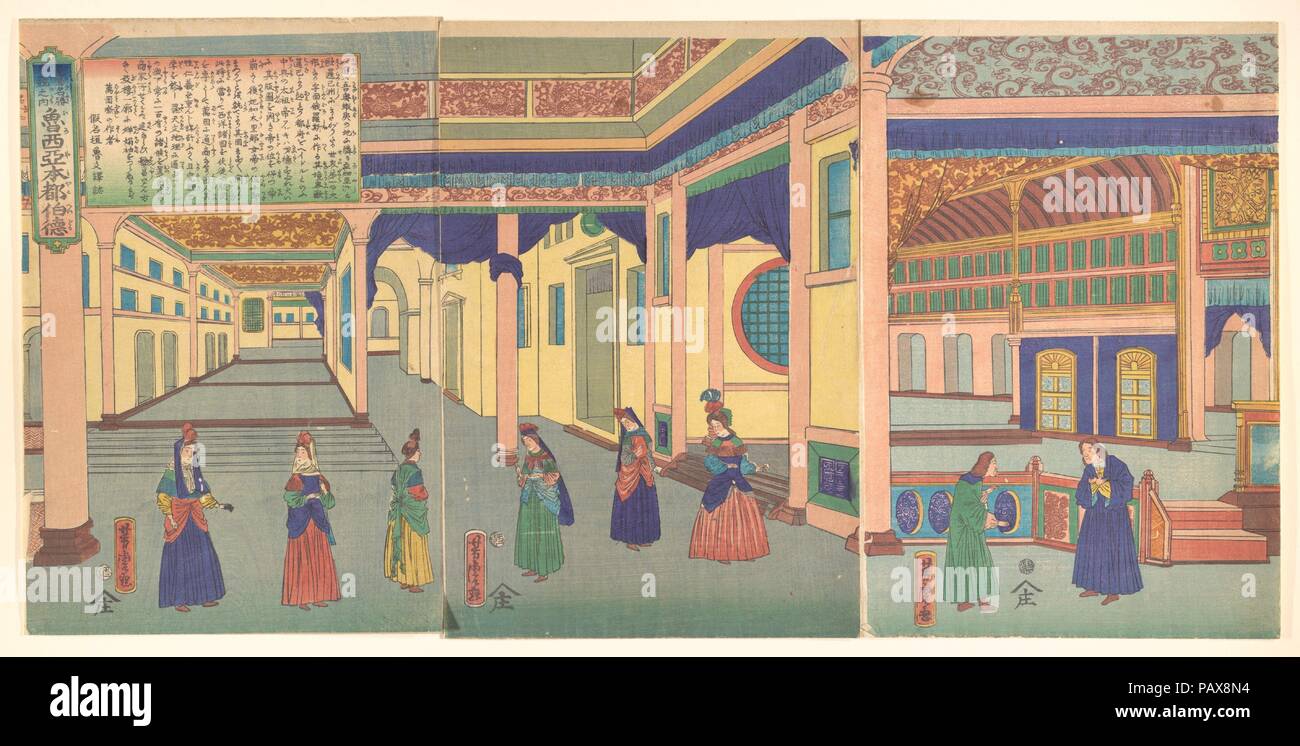

The Tsuchigumo was rid of its head by the swift slash of the sword, which is then called the "Spider Cutter". Its legs, longer than the tallest men in Kyoto, were cut with ease. The skulls in the Tsuchigumo's lair number two thousand.įor the Tsuchigumo's crimes, it was justly slain by Minamoto no Yorimitsu, who has seen through its sorcery. Using sorcery, it mimicked the scent of a maiden and lured the subjects of His Imperial Majesty to their untimely deaths. In life, this creature dwelled in the fields of Rendai, north of Kyoto. This is the corpse of the Tsuchigumo, the earth-dwelling spiders who opposed civilisation. One pelt belonging to an unknown species of primate, covered in an armour resembling the spider's exoskeleton and with eight arthropod legs (each measuring 1.8 m) attached onto its back. Operation Hakutaku aims to catalogue all possible abnormal assets and events which historically appeared in the Home Islands. This commentary is submitted to IJAMEA Kansai HQ on the fourteenth of April in the year 1897 of the Western calendar, as part of Operation Hakutaku. While de jure ownership is allotted to the Imperial Family, de facto administration is conducted by the Bureau of Onmyō. A placard detailing the asset's history is written for each abnormal asset stored in the gallery. It is a repository for abnormal assets offered to the Imperial Family by influential figures of Japanese society. The Seimei Gallery is a private gallery underneath the ruins of the Heian Palace established during the Heian period by Abe no Seimei.


 0 kommentar(er)
0 kommentar(er)
